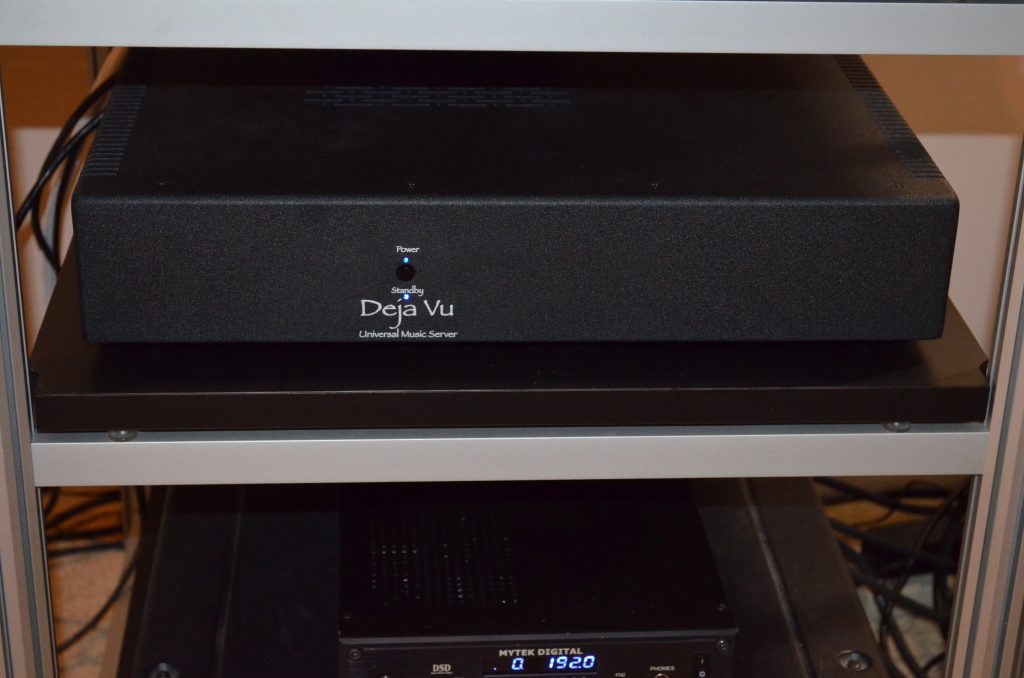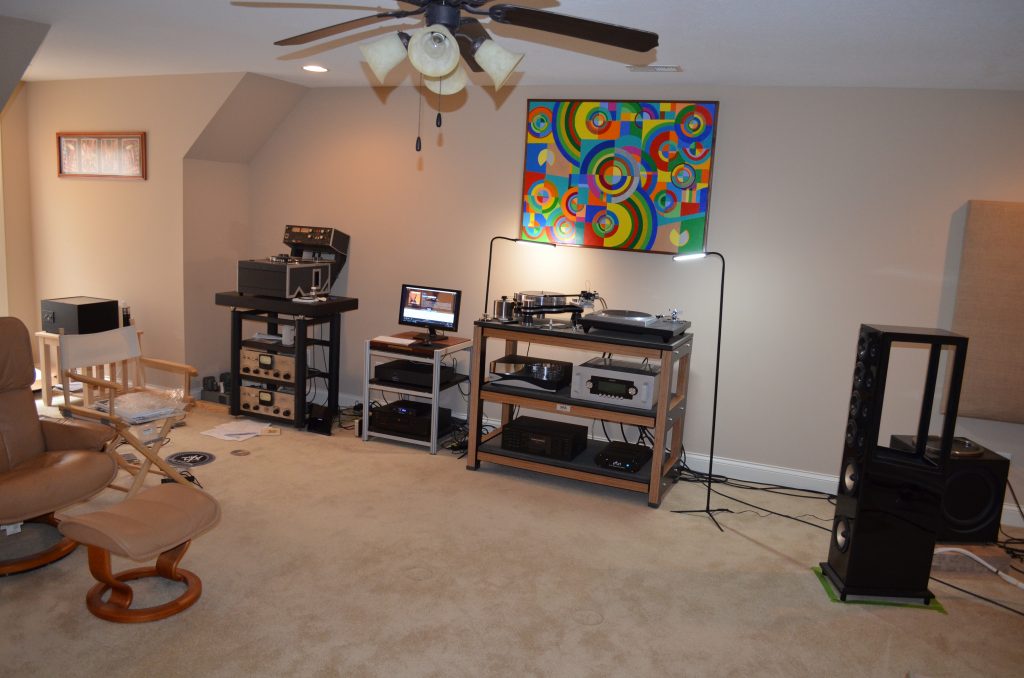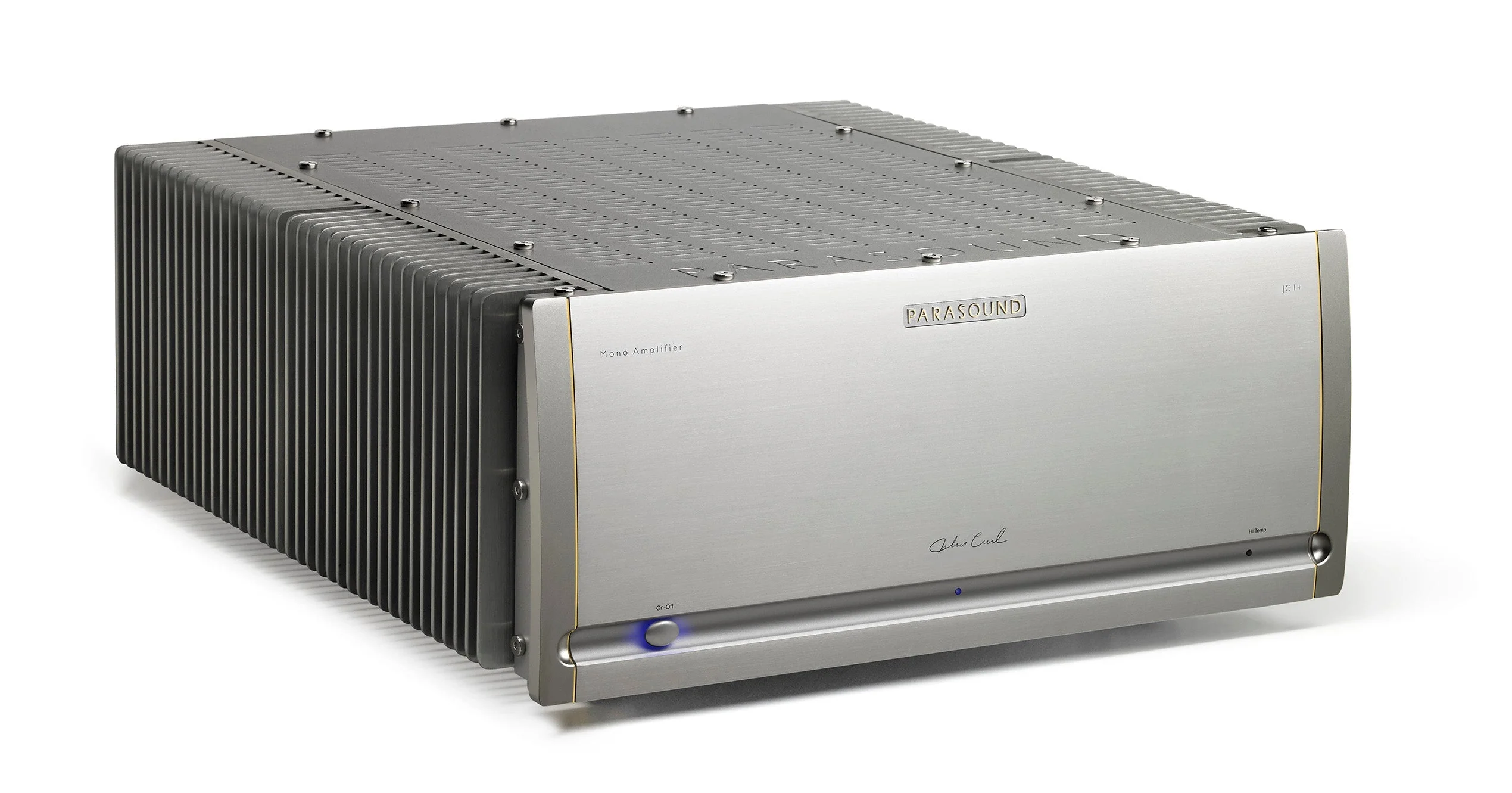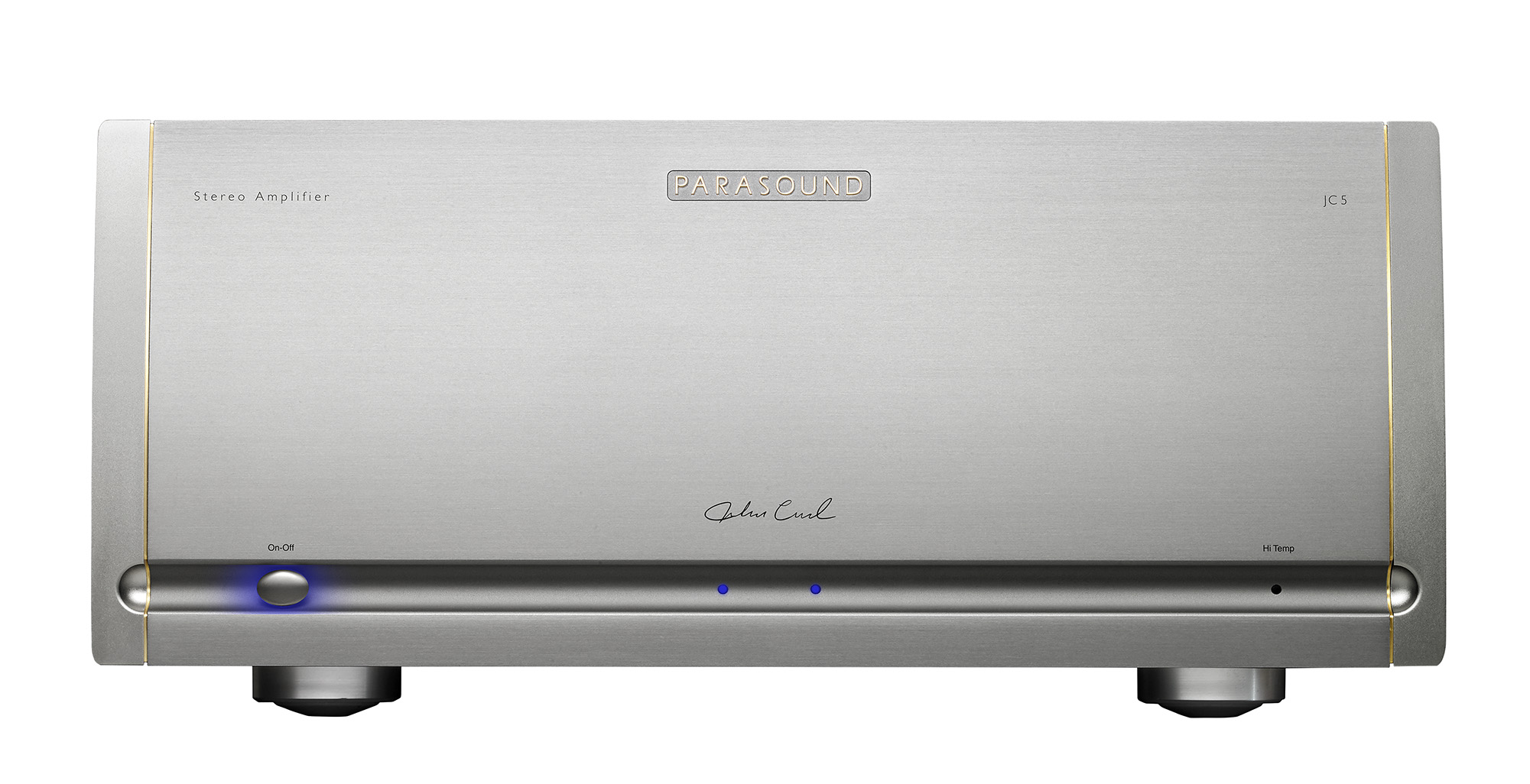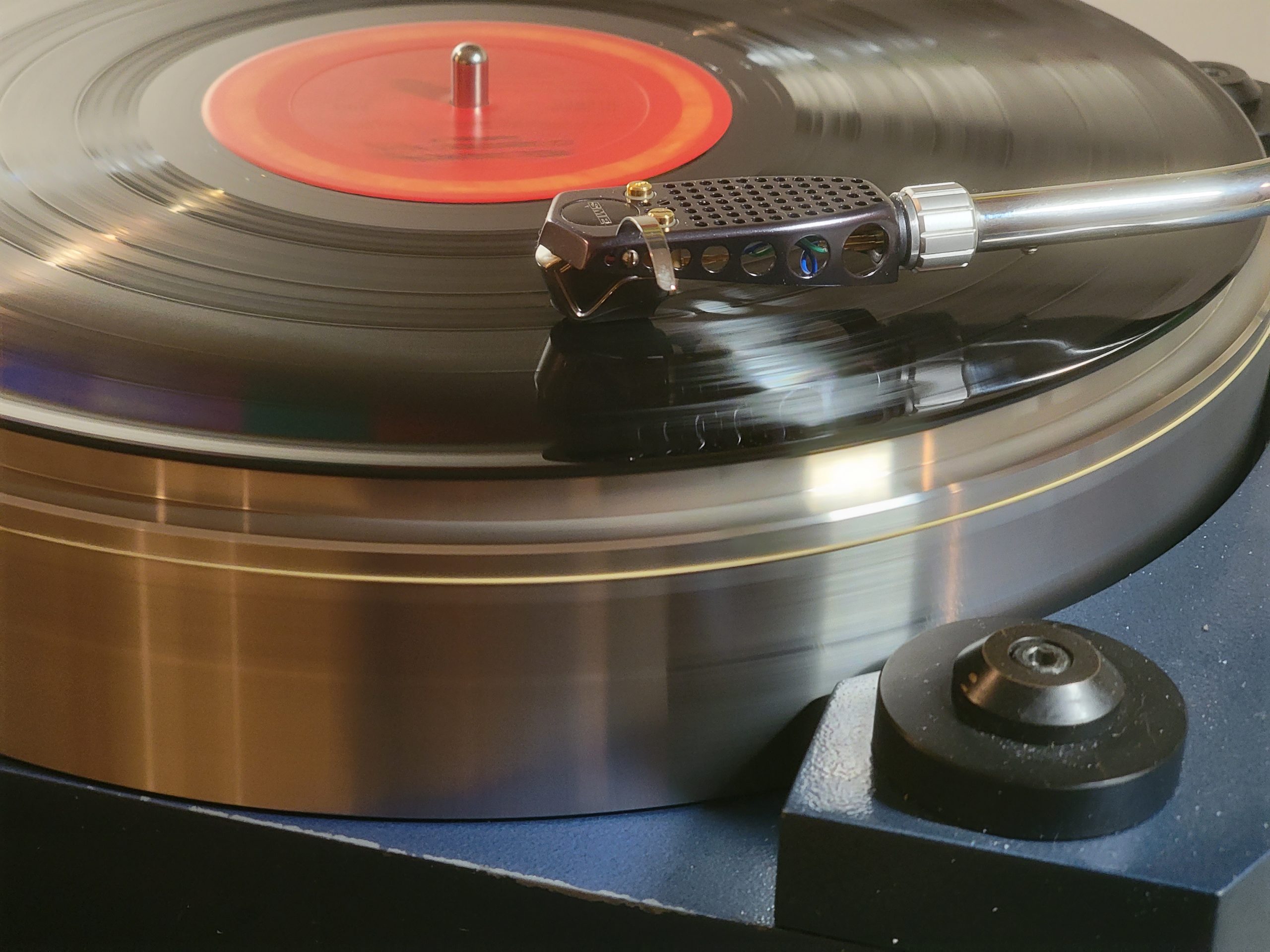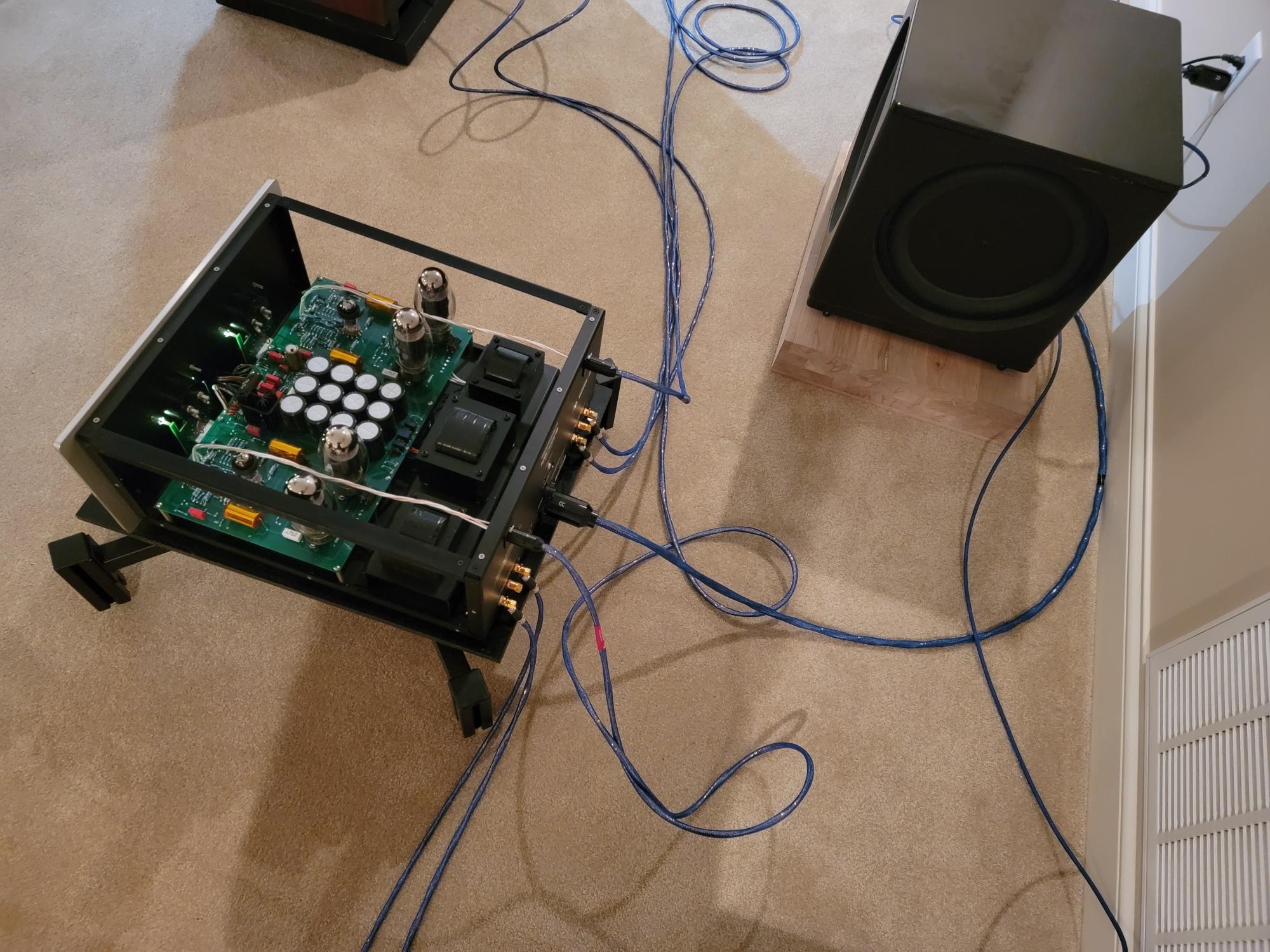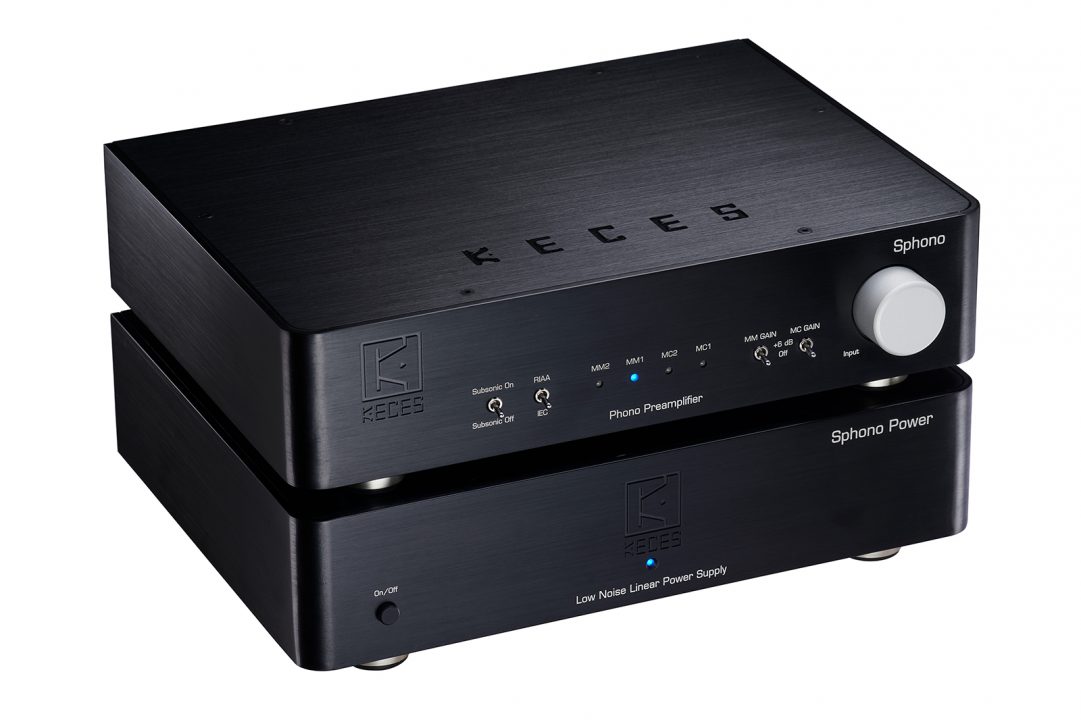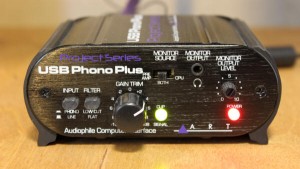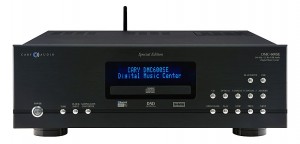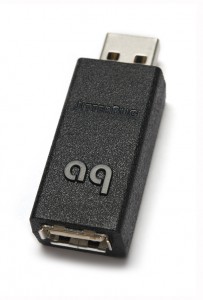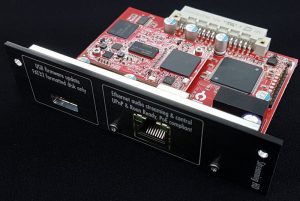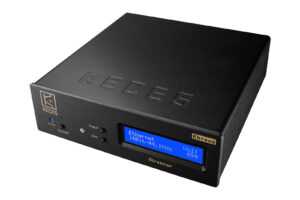I'm going to start off by saying that I feel like I have been on a digital journey during the process of reviewing the Mojo Audio Déjà vu Music Server. I encourage all who are interested in the specs and tweaks for the Déjà vu Music Server to visit the Mojo Audio website and read all about here: https://www.mojo-audio.com/deja-vu-music-server-windows-10/ To list everything here would leave little space for the review as they are fairly extensive. The Déjà vu Windows 10 Pro server is designed to be used with USB DACs and comes with JRiver MC23 installed as well as Audio Optimizer. The Déjà vu server is running an Intel Celeron N3160 quad core 1.60 GHz CPU and has 8 GB of ram installed on an ASROCK motherboard powered by a linear power supply. The version of Windows 10 is Windows 10 Pro. I will tell you that the version of the Déjà vu server sent to me for review lists for $6155.55 and had the following options installed:
- JCAT Femto USB PCIe card with internal regulator module
- 1 TB Samsung 850 Pro SSD for music library with internal regulator module
Keeping in line with the other Mojo Audio products, the chassis is a plain Jane looking black enclosure that is the opposite of bling. Make no mistake however, the Mojo Audio enclosures are extremely well built with excellent fit and finish. The front of the server has a power/standby switch with two blue LEDs. The Standby LED is lit when the Déjà vu has the rear power switch turned on and indicates it is in standby mode. When you press the power switch, the Déjà vu leaves the standby mode and the second LED turns on to indicate the Déjà vu is fully powered on. The rear of the server has an on/off power switch, four "utilitarian" USB I/O ports (meaning they are the standard USB I/O ports on the motherboard), a pair of Ethernet connectors, a pair of video output connectors to connect to a monitor, a ground screw terminal, and in the case of the server under review, the JCAT Femto PCIe card which offers a pair of high performance USB I/O ports. Because the Déjà vu uses a computer motherboard, there are the typical green and pink audio ports, but I doubt anyone will be hooking up speakers or a microphone to the Déjà vu server. This is a fanless server, so it is dead quiet.
There is no internal WiFi installed on the motherboard, so I initially hooked up a Netgear USB WiFi adapter to one of the utilitarian USB ports and it worked like a charm. I subsequently hired an electrician to install a CAT 7 cable and Ethernet jack on the wall behind my Comcast server downstairs to connect to the Comcast server and run the CAT 7 cable to my stereo room upstairs, which terminated in an Ethernet jack behind my digital rack. I then connected a CAT 7 Ethernet cable from the wall plate to the back of the Déjà vu server and that is how I used the Déjà vu for the majority of the review. The Déjà vu was then connected via USB from one of the JCAT Femto USB ports to my Mytek Stereo 192 DAC. The Netgear USB WiFi adapter was removed before I hooked up the CAT 7 cable to the Déjà vu server. The biggest difference I noted between the WiFi connection and the Ethernet connection was the stability. WiFi is prone to dropping connections which everyone who uses a smartphone or iPad as a remote to control their server should know through experience.
When Benjamin Zwickel sent me the Déjà vu server, he preloaded the SSD with music files. I also made use of my two external hard drives with one having PCM files of all different resolutions and the other drive containing DSD 64 and DSD 128 files. I initially listened to the Déjà vu running the JRiver software installed. I subsequently installed Roon software which I had never used before. I want to thank Rob Darling from Roon and Mytek for their support in helping me set up the software for use with the Mytek Stereo 192.
My preference for software is Roon, if for no reason than the user interface. In my opinion, Roon is way slicker to use than JRiver, and I love the graphics and all of the information Roon provides for each album. It's almost like holding the album cover in your hands and reading all of the info if you are using an iPad as the remote. I also think that Roon is more stable in my system than JRiver, which is what drove me to try Roon in the first place.
As for Audio Optimizer, it was originally designed for use with Windows server 2012 and was subsequently modified for use with Windows Server 2012 R2. The server based version of Windows is running far fewer applications in the background compared to the regular home versions of Windows. The optimal software to run with Audio Optimizer is still Windows Server 2012 R2 software according to the designer, but it still offers improvements to Windows 10 Pro by shutting down as many Window operations running in the background as is possible. If you buy the Linux version of the Déjà vu, you won't need Audio Optimizer.
For me, using Audio Optimizer was a mixed bag as it was a bit wonky and it could disable USB ports or make them intermittent. I ended up going through three different mice before I found a mouse that would work. There are different levels of Audio Optimizer, with each level becoming more aggressive in terms of shutting down applications running in the background, so I stuck with the basic level in order to minimize server issues. I wanted to listen to music and not pull my hair out dorking with software settings that can affect the stability of the server. Some people might say that Audio Optimizer is easy-peasy to install and setup, but I advise you to go to the Audio Optimizer website and read the setup guide and form your own opinion. This is way deeper than installing an operating system on your computer. I think of Audio Optimizer as a digital Band-Aid applied to home versions of Windows 10 Pro compared to what it is capable of doing with Server 2012 R2.
The rest of the system used for the Déjà vu review was my Mytek Stereo 192 running balanced outputs to my ARC Ref 6 linestage, ARC Ref 75 power amp with KT-150 output tubes, NOLA KO speakers, and my Definitive Technology Reference subs. I'm not going to list all of my analog gear because it's not relevant for this review.
So, it's interesting to me in describing the impact of a server on the final sound of digital because I tended to think of a server as a computer that is running the audio software we need in order to control our digital libraries, make playlists, view album content, select songs, and finally, send the digital files to the DAC to be decoded. In other words, I thought of a server as a utility device necessary to play back digital files, more than viewing it as an actual source component. My regular server is a Toshiba laptop that I have used for years. It is running Windows 10, not 10 Pro. I always thought the Toshiba did its job well and was adequate for the task at hand. The Mojo Déjà vu showed me that I was incorrect. Servers do have a major impact on the final sound quality of your digital playback. There is simply no comparison in final sound quality between my Toshiba laptop and the Déjà vu server playing through my DAC.
Unlike some servers on the market today, the Déjà vu has a well-regulated linear power supply instead of the typical switch mode power supply (SMPS) which tends to be noisy and insidiously degrade the signal with added noise. And it's not like you can hear the noise in the typical way we associate noise in our audio systems. It's not hum or noise that grows louder as you advance the volume control. It's insidious because you don't "hear" the noise until it is gone. What was shocking for me was how much better my Mytek Stereo 192 sounded when used with the Déjà vu server. There is a greater since of ease that just wasn't there before and you can hear much further into the mix. I hear more ambient information in my digital files than I ever did before with the Mytek. The decays of notes are better and you can hear more air around the instruments. So the funny thing is that the Mytek Stereo 192 didn't become a better DAC than it was before, it's that the Déjà vu is feeding a much cleaner signal to the Mytek and allowing it to show how good it really was all along. I honestly felt like I had a new DAC in my system.
I believe the difference in sound quality between the Déjà vu server and my server is due to a number of items incorporated into the design of the Déjà vu and I lumped them all into a reduction of noise. The linear power supply produces a cleaner power source than a SMPS which generate high frequency noise. You also have the JCAT Femto PCIe USB card that according to the manufacturer's website uses a Femto Clock (Crystek CCHD-957) which lowers jitter to below measurable levels. It also uses military grade linear regulators and filters to eliminate noise interference from the server.
I told you that I felt like I had been on a digital journey with the Déjà vu server. The reason I said that was I held some particular digital views as my truths and the Déjà vu server sort of blew those up. I was strongly adamant that DSD sounded better than PCM; really adamant. The Déjà vu server taught me that is not true. And no, it's not due to the Déjà vu server somehow homogenizing the sound so everything sounds the same. Nothing could be further from the truth. Every file sounds different and they sound as good or bad as the recording and mastering of the original files. I used to think that as the bit rate and sampling rate of files increased, so did the sound quality of the digital files. I no longer believe that to be the truth. I have heard well recorded/mastered 16/44.1 files sound every bit (no pun intended) as good as well recorded/ mastered 24/192 files. I have also heard some horrible sounding files at all of the different bit rates and sampling frequencies. The Déjà vu server is a truth teller that strips away noise from the signal being fed to your DAC, and lets you hear the files in all their glory... or agony.
I know I wasn't the only one who used to struggle with the sound of PCM digital. There were some people who opined that in order to hear the best of what PCM can do, you had to have a high five-figure DAC or a six-figure DAC. If you think I'm kidding, then look no further than audio forums on the web or the price of an MSB Select II DAC with dual outboard power supplies. I never understood why some people claimed the price of admission for good sounding PCM had to be so high in comparison to a DAC that can make DSD sound great at every-man prices. The Déjà vu server has given me a whole new appreciation for PCM and how good it can sound even with an every-man four-figure DAC. I now think the biggest bang for your digital buck is having a really good server. If I was building a digital front end on a budget and planned on upgrading as resources allowed, the majority of that budget would be spent on the server and the remainder on the DAC. If you don't get the server right first, it will always hold back the ultimate sound quality of your DAC. If you want to get the most out of the DAC you own now, you need a really good server.
If I would have had the Mojo Déjà vu server in my system at the time I reviewed the Lampi Level 4 DAC and the PS Audio Direct Stream Jr DAC, I'm sure I would have been even more effusive in my praise for both. As much as I liked both DACs, I'm sure I left some of their performance on the cutting room sound floor due to my server.
So how much will the Déjà vu server matter in your system? I can't answer that as I have no idea of what gear you might have and nor do I have any other servers at my disposal that are in the same league as the Déjà vu to perform any comparisons with price-wise and sonically. If you already have a really good server that was designed around a linear power supply, it might be a horse race. If you are running an older fan based server with a SMPS, I think you might be enlightened and possibly startled by hearing what a really good server like the Déjà vu can do for your digital. In summary, the Déjà vu server has proven to me that inferior servers are holding back the true sound quality of your DAC and that is my biggest takeaway from this review. You have to decide if the Déjà vu server offers good value to you and your system.
Déjà vu Music Server
Retail: $6155.55
Mojo Audio
3501 Vail Ave. SE, Unit C
Albuquerque, New Mexico 87106




